Brass Mill Center breaks ground
The Brass Mill Center opened on September 17, 1997, following years of planning and preparation for a mall intended to replace an older retail site.
Developed by General Growth Properties, the $160 million complex introduced 1.18 million square feet of retail space to Waterbury in a single move.
Before concrete was poured, crews removed 118,000 tons of contaminated soil and cleared 63 deteriorated buildings, making way for JCPenney, Filene's, and Sears to rise as new anchors.
The mall stood at 495 Union Street with parking for 5,800 cars, and its debut was meant to draw shoppers away from the fading Naugatuck Valley Mall, which had opened in 1969.
That property would be demolished by spring 1999, but not before its key tenants relocated to the Brass Mill Center, setting a new course for the retail economy of the city.
The launch drew major department store names and created an enclosed retail environment that was large by Connecticut standards at the time.
Lechmere was planned as a fourth anchor, but Montgomery Ward shut down the chain in 1997, leaving its slot empty before doors even opened.
The mall carried two full floors and a partial third, with Regal Cinemas operating a 12-screen theater that became part of its entertainment draw.
From the start, it was one of the largest things to do in Waterbury, Connecticut, positioning itself as a regional shopping and leisure hub.
Expanding floor space and fresh arrivals
The opening years of Brass Mill Center carried the buzz of a new retail hub.
Shoppers navigated two main levels lined with national chains, while a partial third level held Regal Cinemas and its 12 screens.
The complex was built to serve both everyday errands and longer visits.
Turnover arrived quickly, showing how the property was adjusting to changing retail demand.
Shaw's Supermarket closed in 2007, leaving a gap that Save-A-Lot stepped into by January 12, 2011.
Steve & Barry's left in 2009, followed two years later by Hometown Buffet in 2011.
OfficeMax shut its doors in 2014, though the large box space didn't stay idle for long.
The mall also drew restaurants and casual dining. IHOP opened in December 2010, a move that tied food service more closely to the shopping floor.
By summer 2017, the old OfficeMax space had been converted for Five Below and Ulta Beauty, two chains that targeted younger shoppers and added energy to the lineup.
Each shift marked how Brass Mill was still attracting tenants, filling spaces with brands that could match the needs of the area.
Department stores fade and retail shifts
The mall's core changed as department store chains recalibrated in the late 2010s and early 2020s.
Sears announced on June 7, 2018, that it would shutter its Waterbury store as part of a national retrenchment.
The space went dark by September of that year, ending more than two decades as a main anchor at Brass Mill Center.
It was one of many closures in the chain's attempt to scale down physical operations.
Macy's, which had replaced Filene's in 2006, lasted longer but reached the same outcome.
On January 6, 2021, the retailer said it would close, explaining that the company would now focus only on its strongest-performing sites.
That decision left another large anchor empty and reduced the mall's draw for big-box shopping.
Even with these setbacks, smaller spaces continued to change hands.
Five Below and Ulta Beauty, which had come in during 2017, were part of a wave of specialty stores meant to fill gaps left by traditional anchors.
The departure of Sears and Macy's reshaped the property, forcing managers to think of other ways to keep customer traffic steady.
By this time, Brass Mill Center was no longer anchored by the same mix it had opened with, but the building itself remained a retail presence in Waterbury.
Ownership transfers and theater exits
On April 19, 2022, the mall changed hands again.
Kohan Retail Investment Group bought Brass Mill Center for $44.9 million, taking over a property that had already lost two of its original anchors.
The purchase placed Waterbury's biggest shopping complex inside a portfolio known for picking up troubled malls.
That fall, another blow landed. Regal Cinemas ended its lease on September 26, closing the 12-screen theater perched on the mall's partial third floor.
It had been there since the ribbon cutting in 1997, a place where families lined up for tickets after dinner in the food court.
The shutdown came during a nationwide debt restructuring by Regal's parent company, but for Brass Mill, the effect was immediate: a darkened wing and one less reason to linger.
The empty square footage didn't stay quiet for long. In December 2023, Ashley HomeStore rolled out an outlet inside a portion of the former Macy's.
In February 2024, Apple Cinemas announced it would take over the vacant Regal space, aiming to have the theater back in operation by April.
The chain already ran a location on Wolcott Street, but said both sites would remain independent.
Leasing changes and new openings
By early 2025, turnover had become routine at Brass Mill Center.
Michaels, which had held down a large craft store inside the Brass Mill Commons, closed by January 10.
Beautifit, a women's boutique, announced it would move into suite 1038, the old Olympia Sports slot, while a men's clothing shop called Suits is preparing to open next door in suite 1040.
Plans for the cavernous Macy's box continued to evolve.
In April 2025, Altitude Trampoline Park was confirmed for part of the former department store, bringing a recreational tenant where racks of dresses once stood.
Burlington went in the opposite direction: the chain said it would relocate from the mall itself into nearby Brass Mill Commons.
The churn reached smaller shops too. In March 2025, reports surfaced that Famous Footwear and Hot Topic would both close within weeks.
Their exits meant fewer stops for younger customers who had once counted on those stores for sneakers and pop culture gear.
Safety lapses after the May 2025 shooting
Gunfire erupted on May 27, 2025, and ended almost as quickly as it began. The confusion that followed lasted far longer.
As officers worked the scene, shoppers compared stories of trying to escape.
Several said they reached emergency exits only to find them locked.
Some hit the doors with their fists, others were forced back into the main corridors, with the sound of shouting and gunshots still hanging in the air.
City officials pressed mall ownership to explain how the closures happened.
Brass Mill Center, with its 1.18 million square feet of retail space and capacity for thousands of people at once, had been expected to keep exit routes open at all times.
Fire code language was clear, but enforcement now felt uncertain.
National chains inside the property didn't speak publicly, but customers noticed the conversations shifting from shopping to safety.
The incident wasn't only about a 19-year-old held on a $2 million bond; it was about whether the building itself was prepared to protect those inside.
Retail mix and ownership in August 2025
By August 2025, Brass Mill Center's anchor lineup had thinned to just three names: JCPenney, Shoppers World, and Ashley Outlet.
Shoppers World, which first arrived around 2013 in the former Steve & Barry's space, had grown into a steady anchor.
The chain, known for discount apparel, home goods, and seasonal stock, gave the mall one of its few broad-floorplate stores still operating in 2025.
Ashley Outlet had moved into part of the old Macy's in December 2023, adding furniture and household goods to the mix.
JCPenney remained the longest-lasting traditional department store, holding on as the mall shifted around it.
Brass Mill Center stands at a crossroads, balancing new small-scale tenants with the loss of national chains, under shifting ownership and management dynamics.

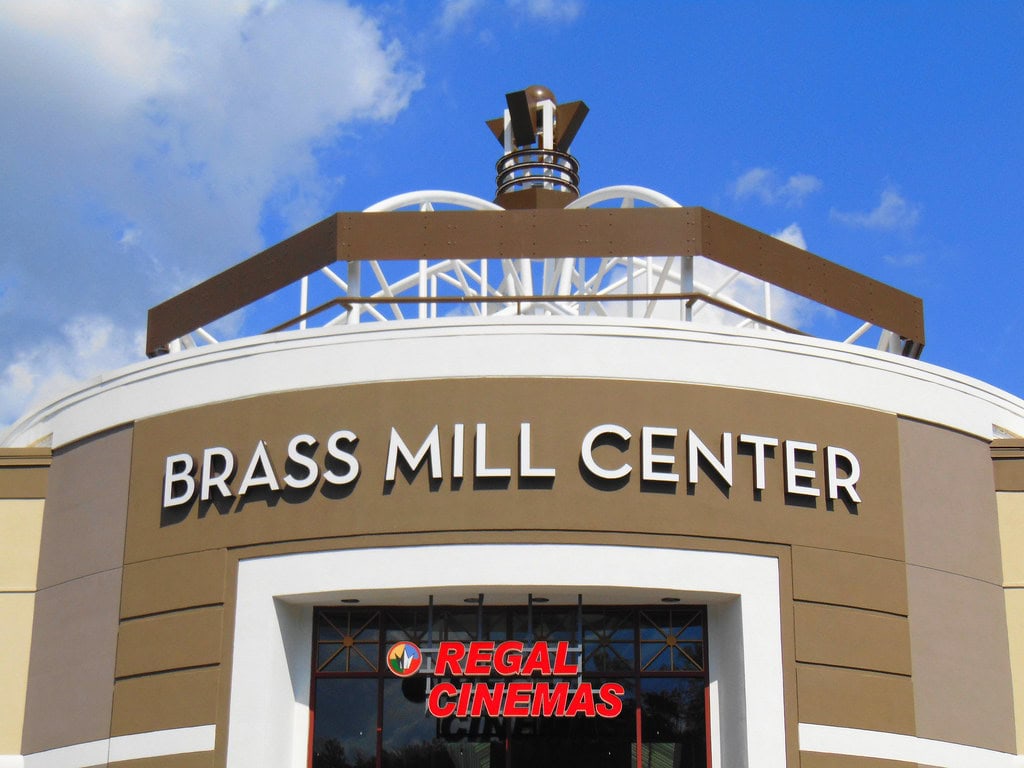
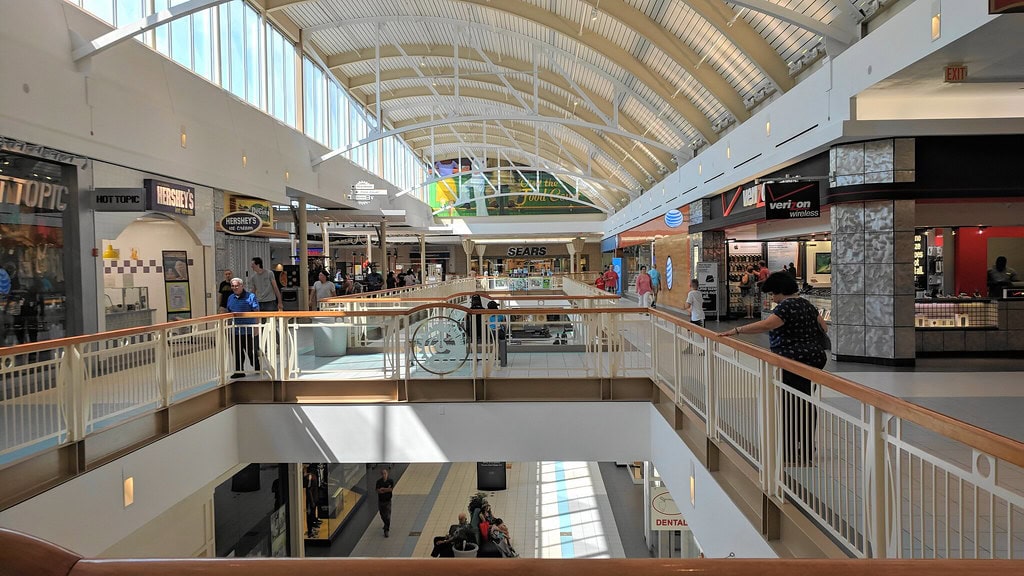
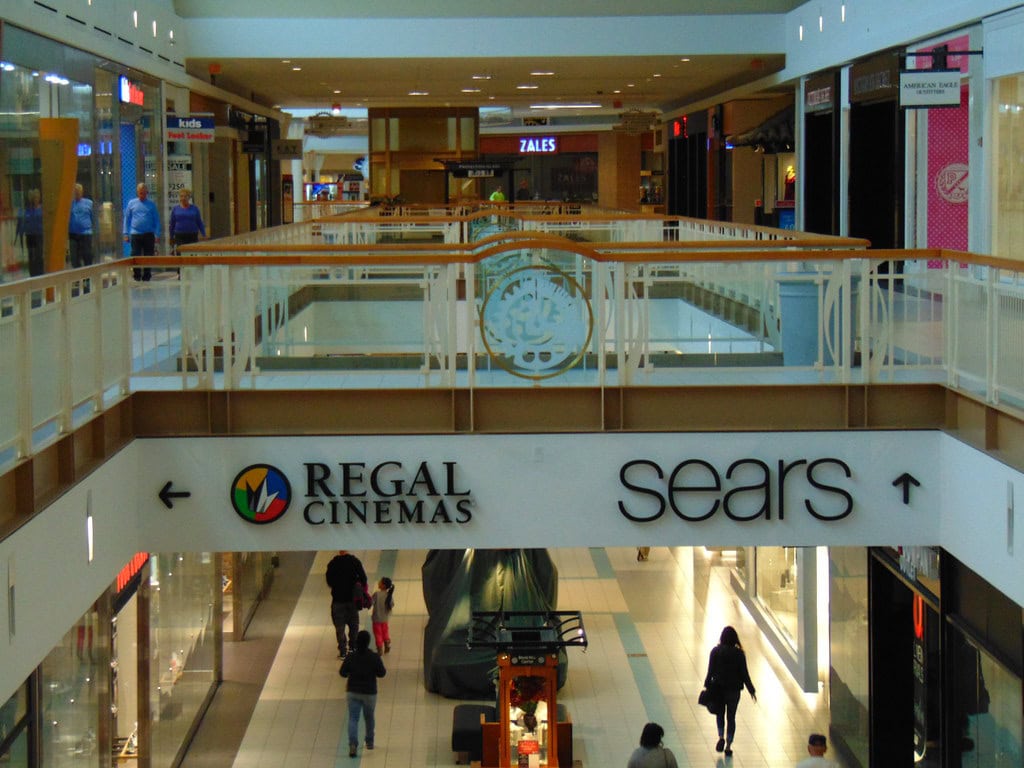
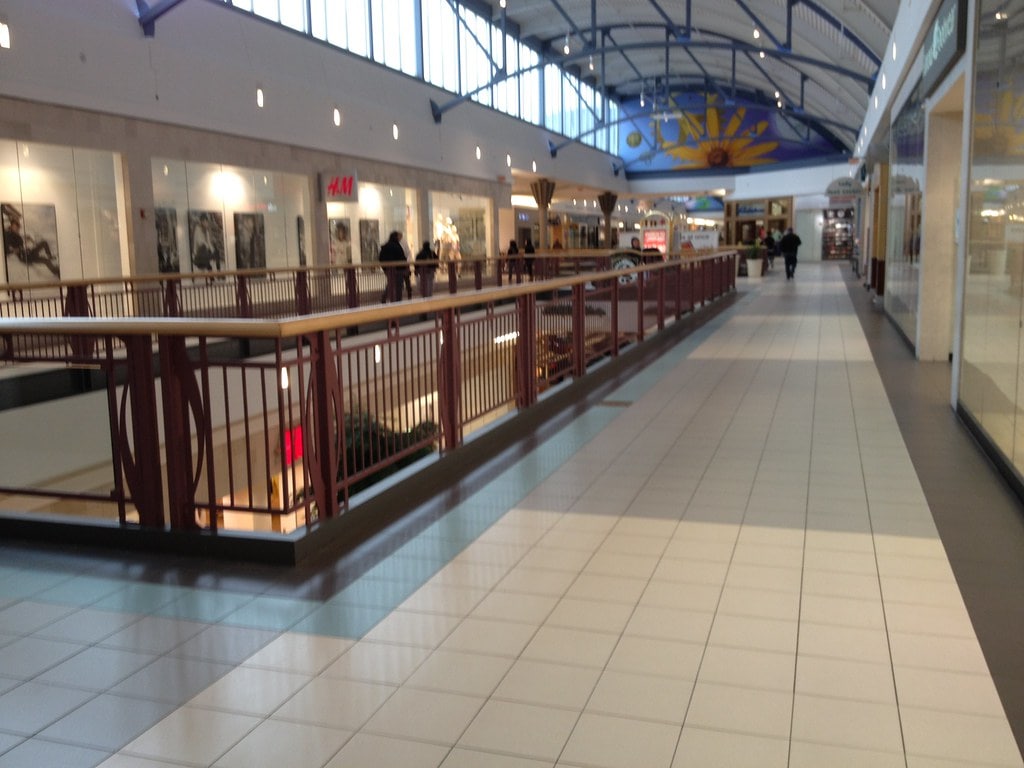
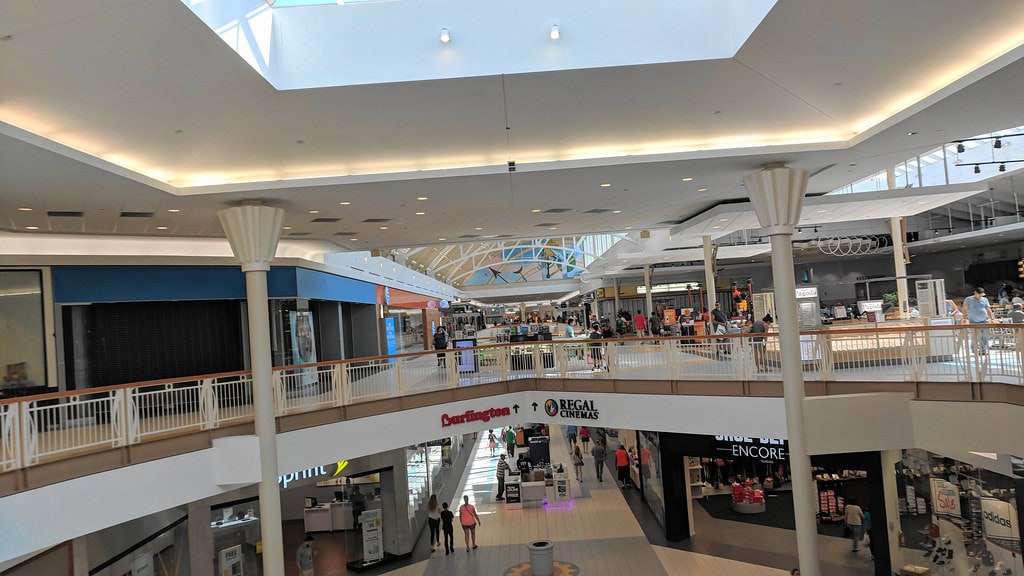
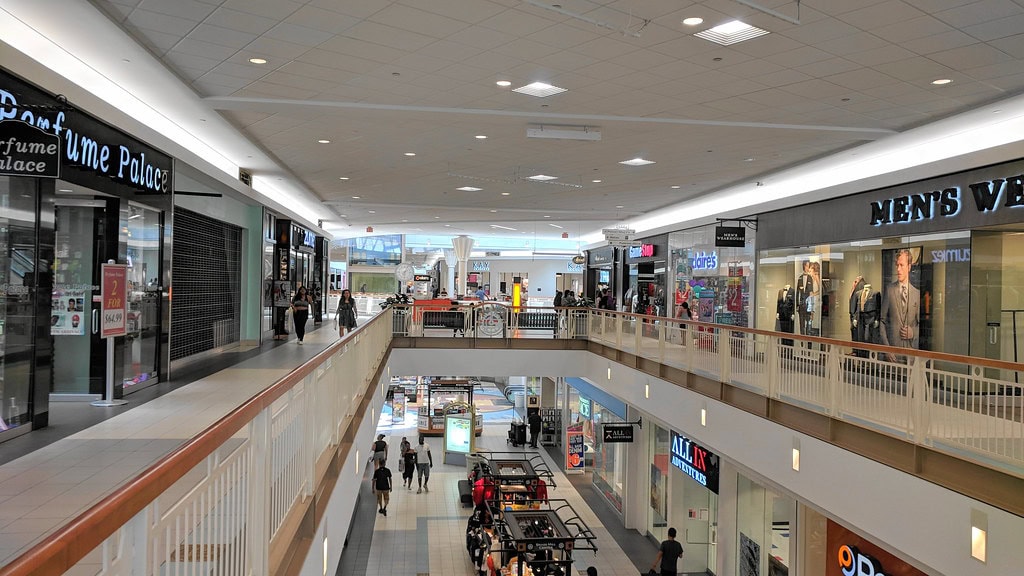
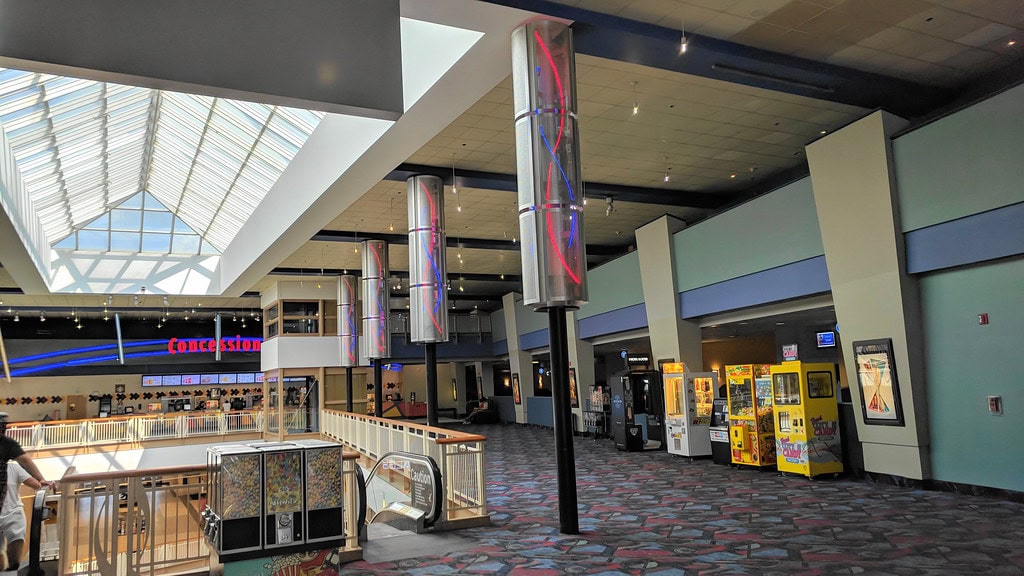
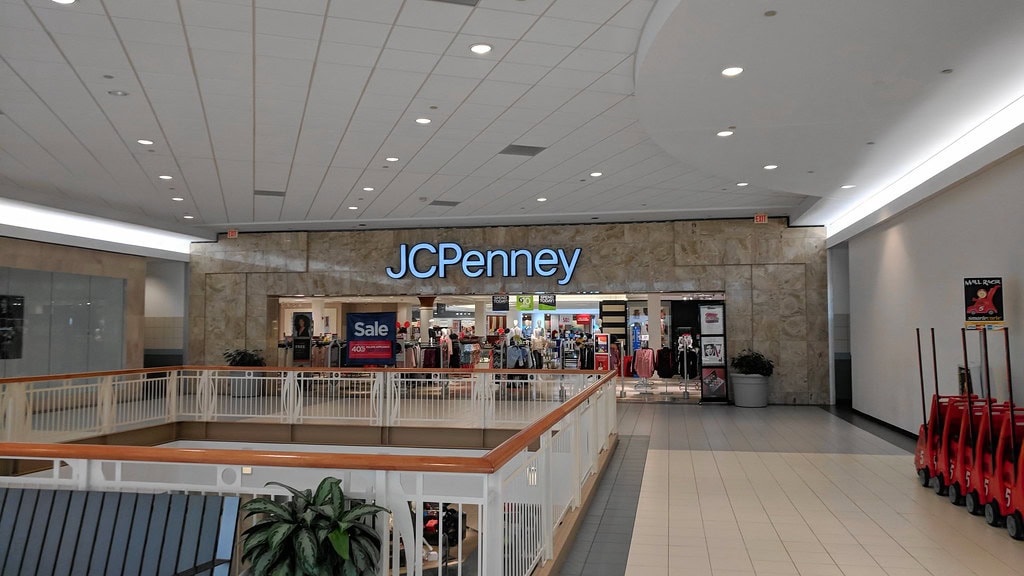
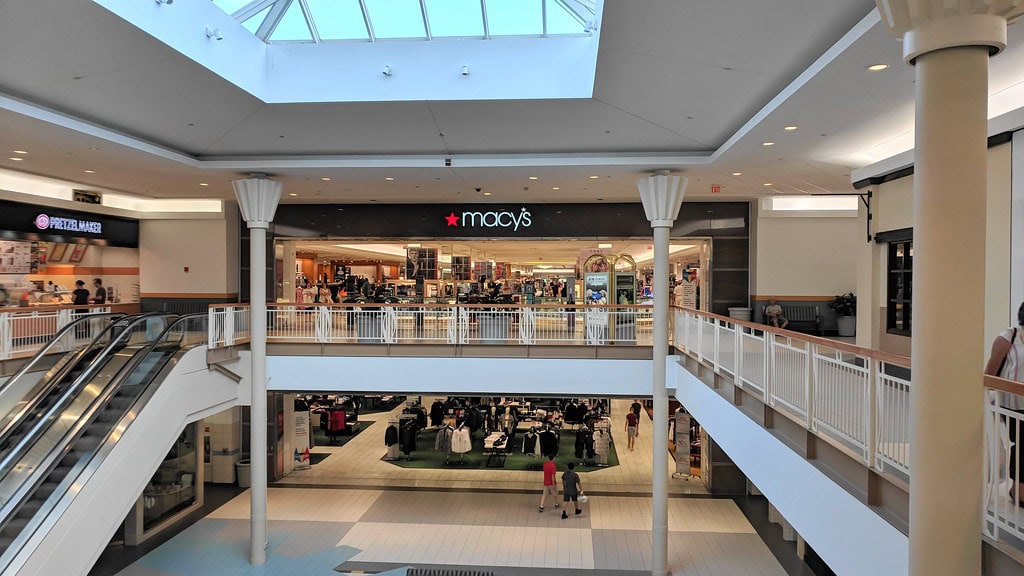
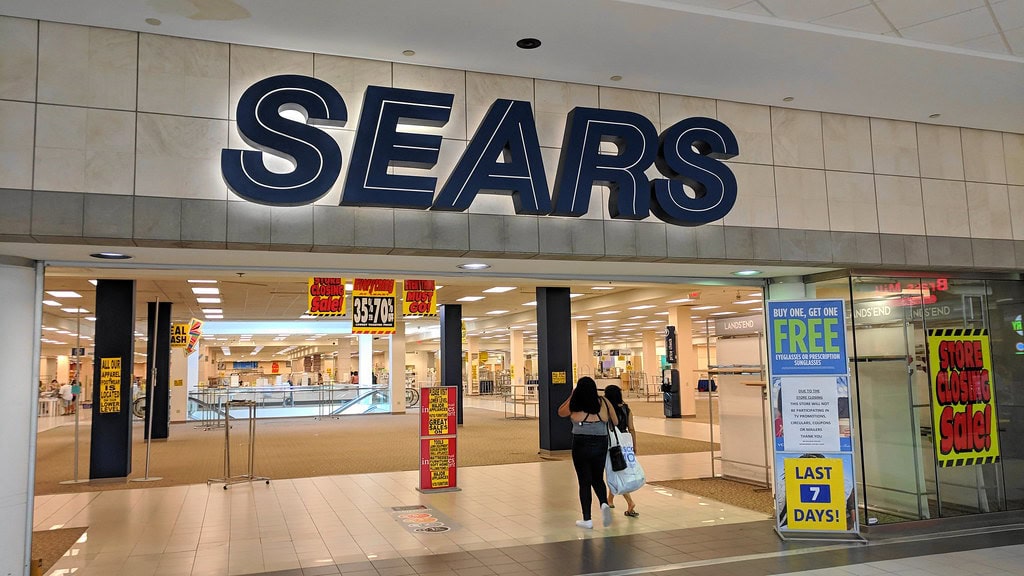

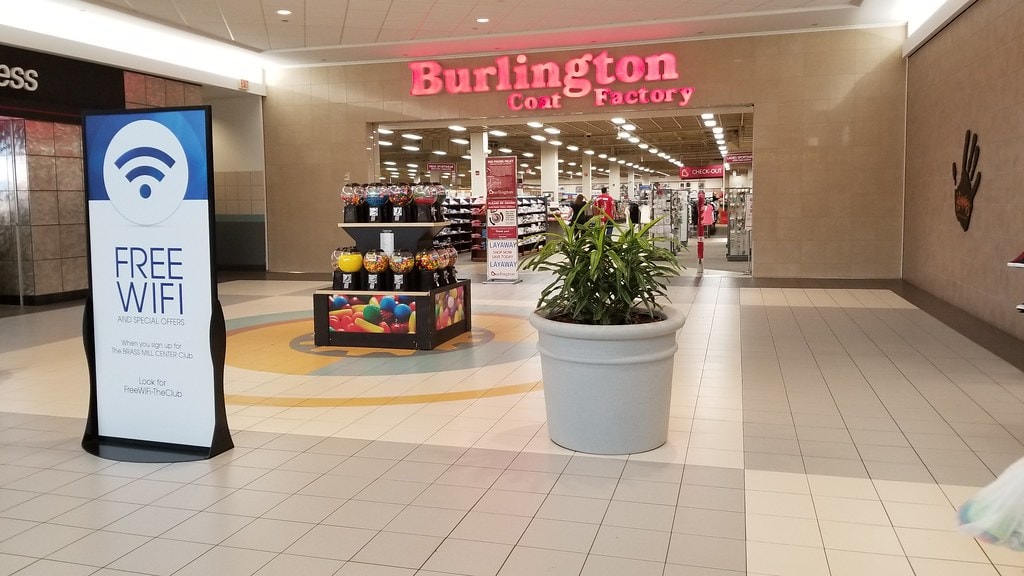
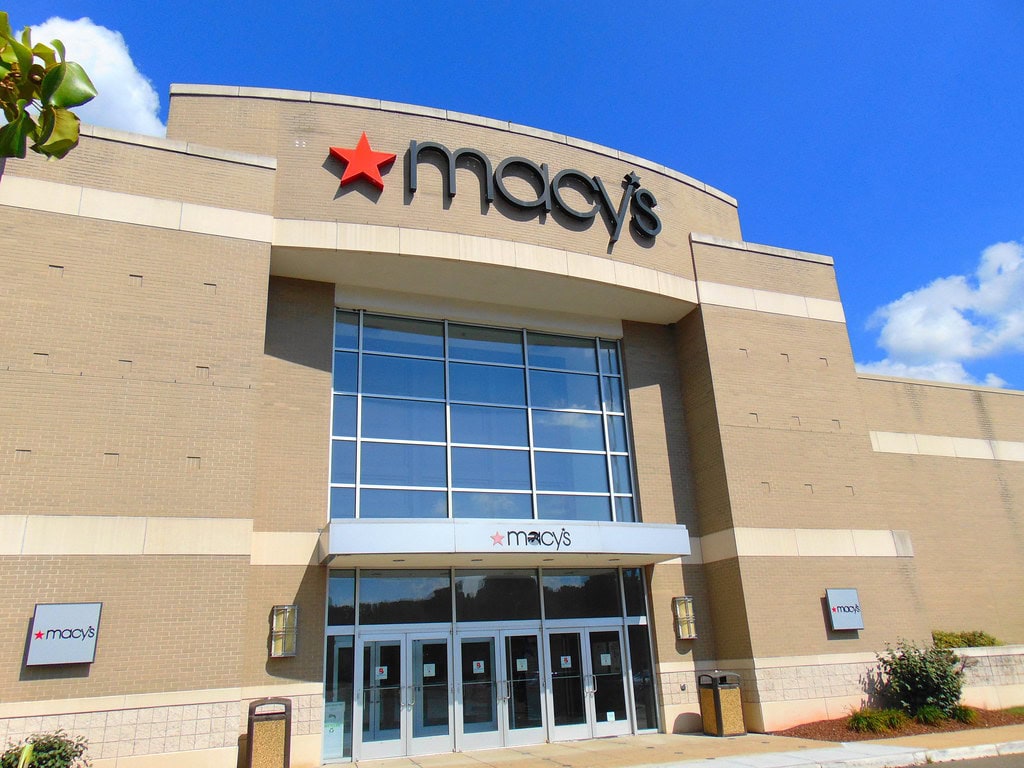
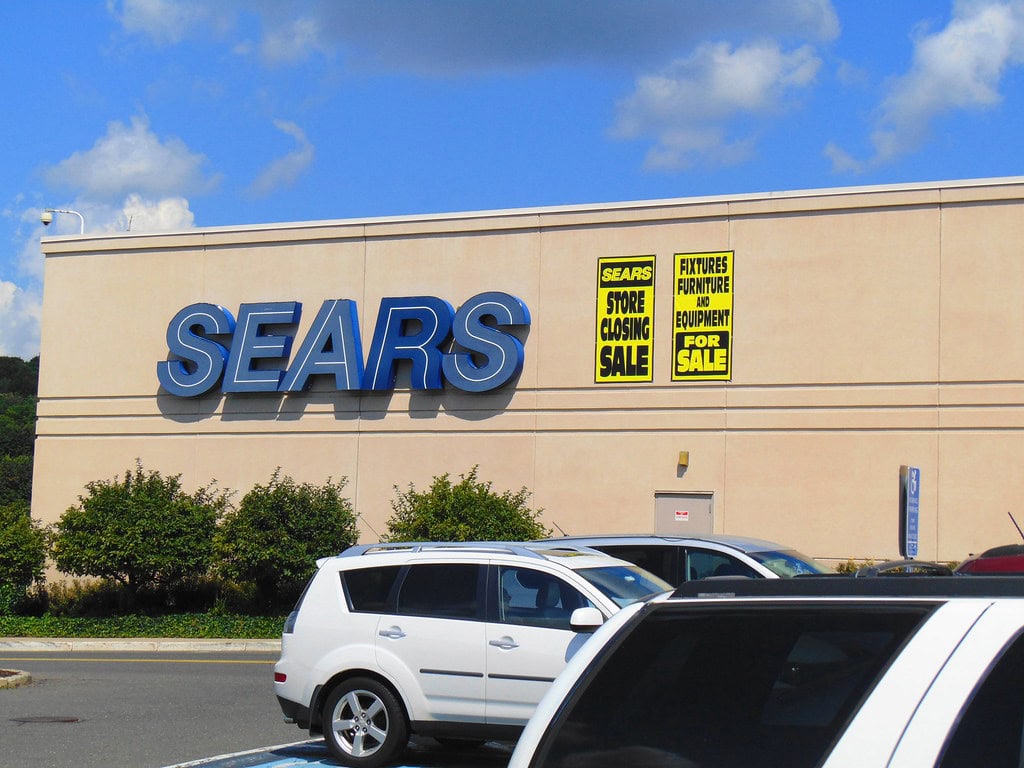
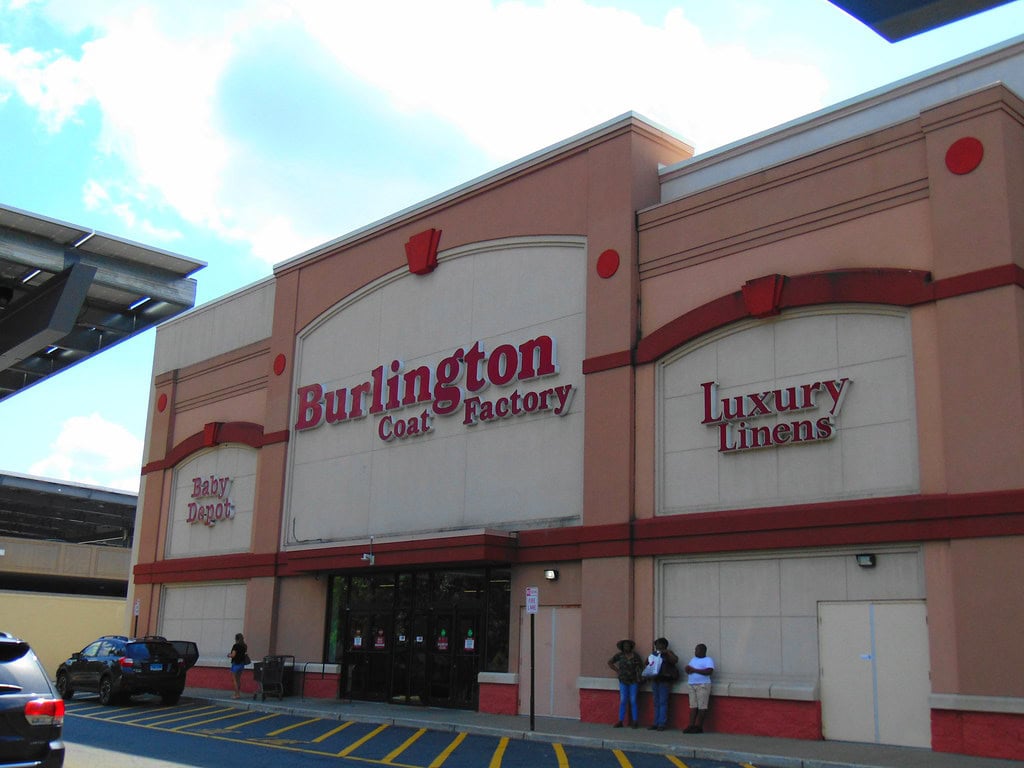
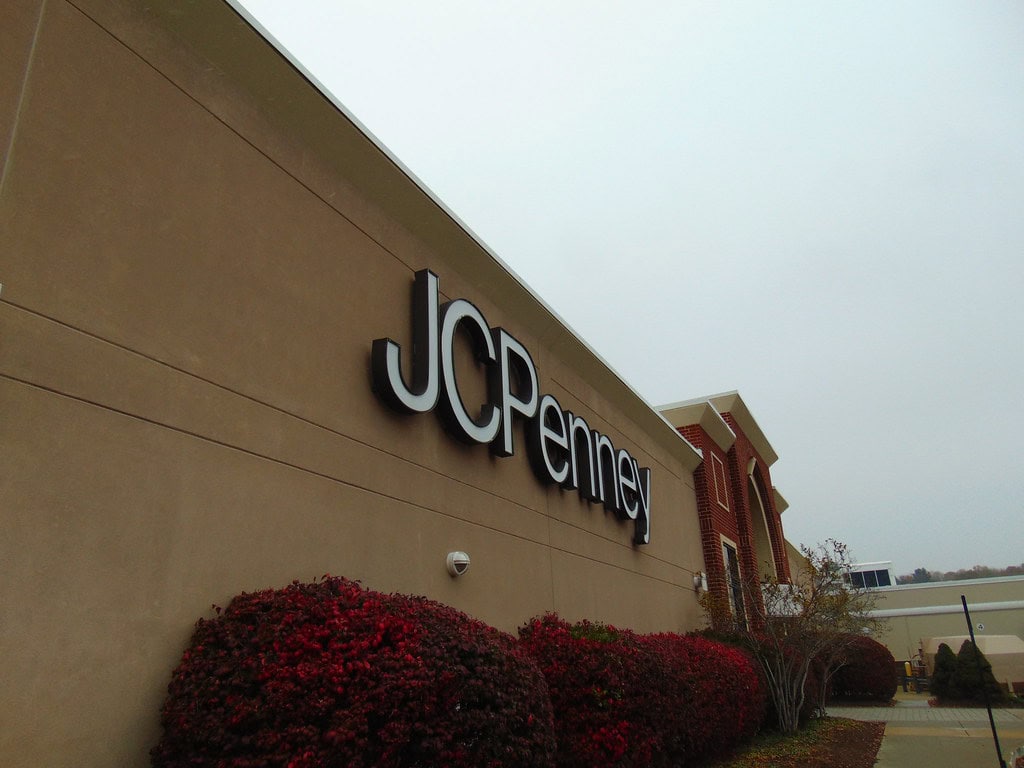
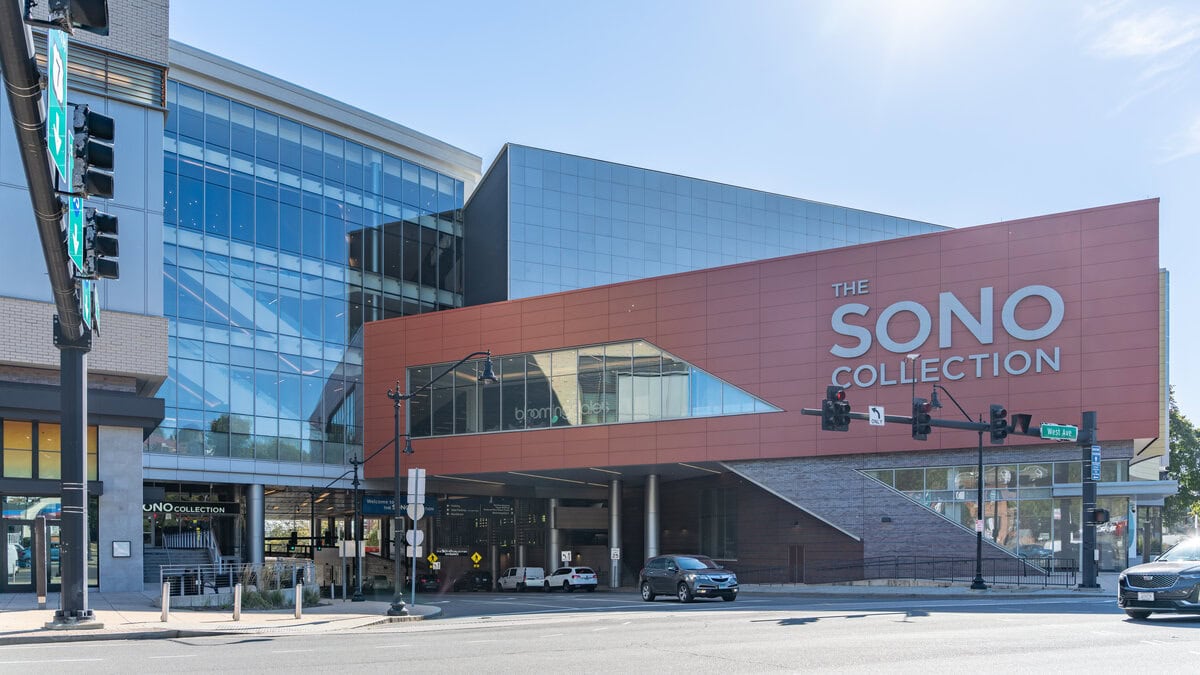
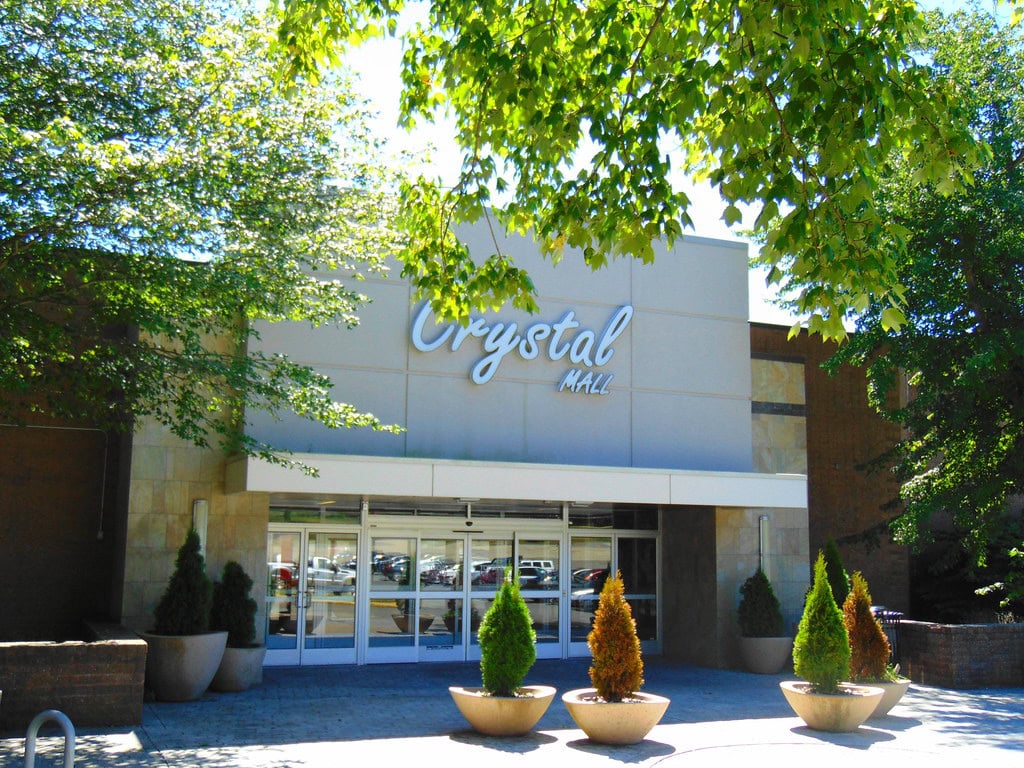
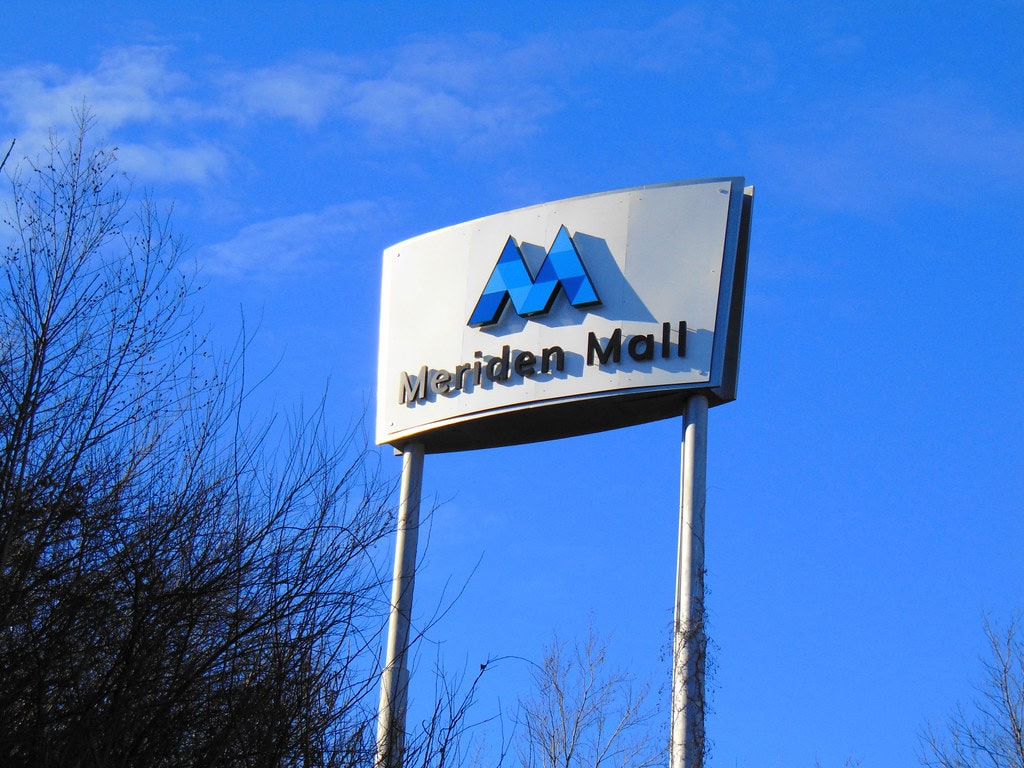
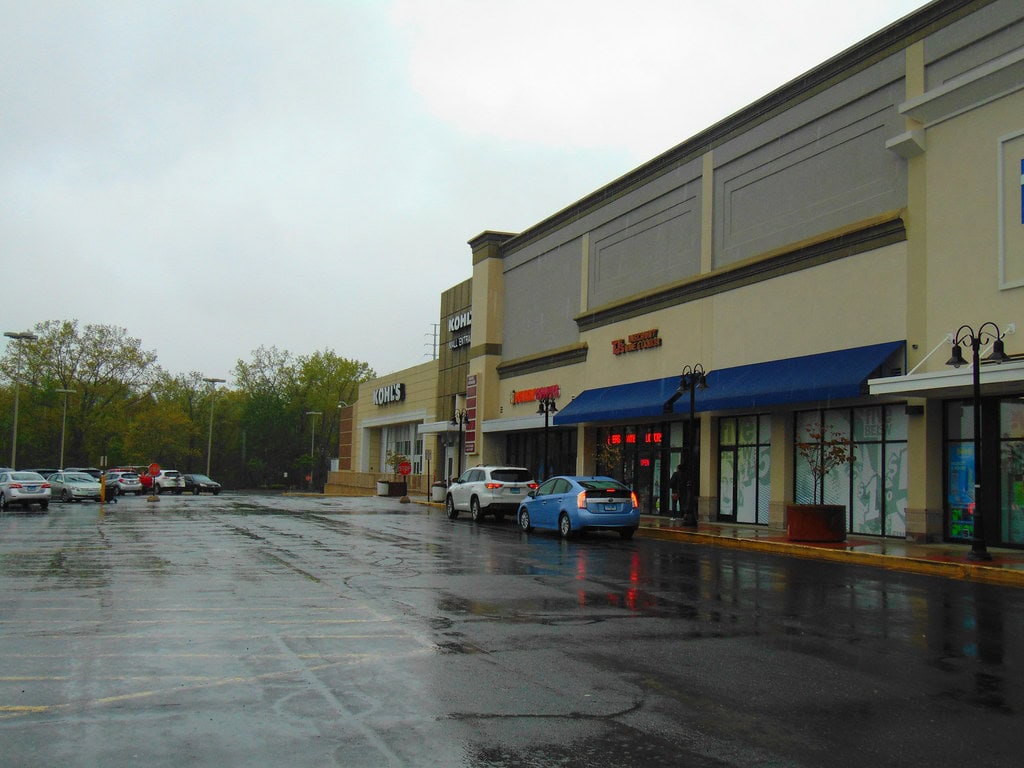
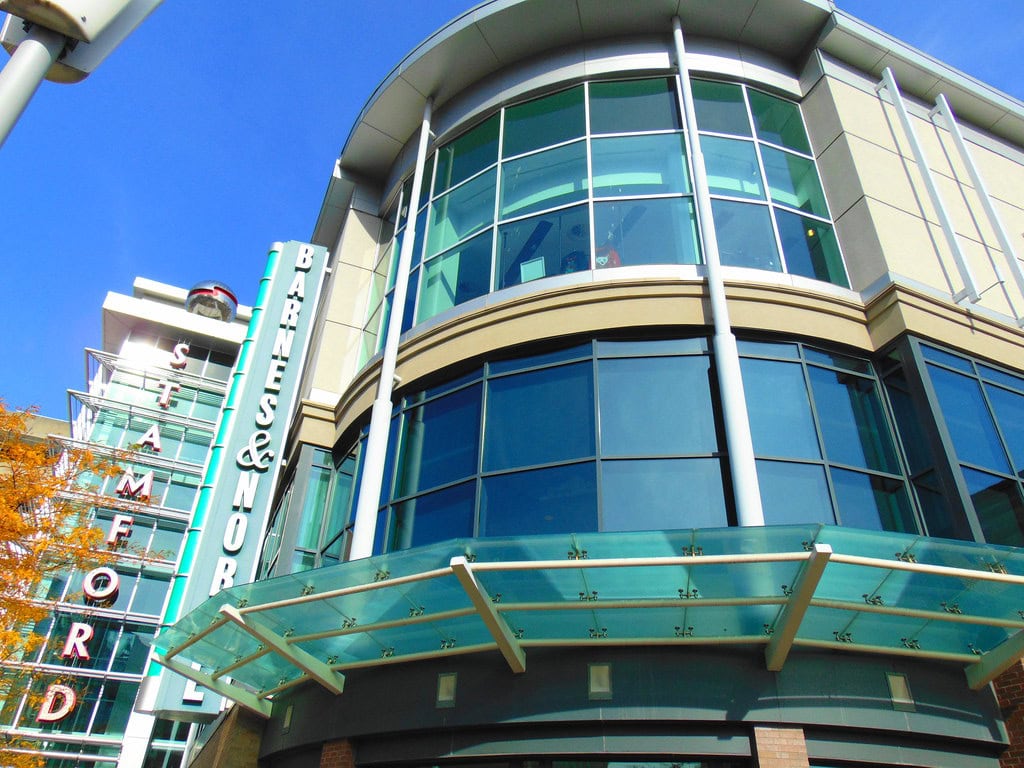

The editor failed to mention the effects of the never ending highway construction on I 84 that has been going on now for years!That's why I don't go to the mall
That stretch of I84
has and continues to impact traffic going East and Westbound Millions have been spent and continues to be a pork barrel project.
Thank you for highlighting the impact of the I-84 construction on accessing Brass Mill Center. It's a significant issue that affects many people's decisions to visit. Addressing transportation and accessibility is crucial for the mall's success.